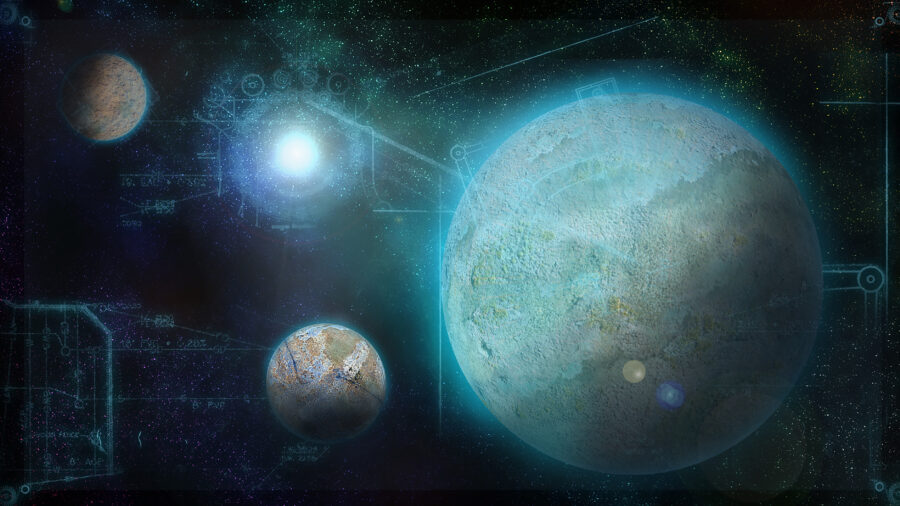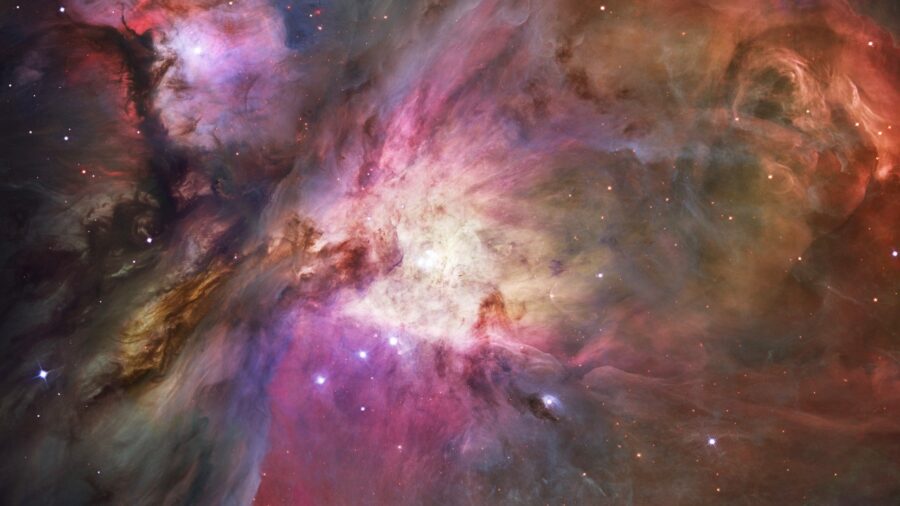Scientists Discover Mysterious Planets Floating Through Space With No Sun

While we certainly have a better understanding of space and our solar system than we did several decades ago, there are still plenty of questions that need answers. Thanks to the James Webb Space Telescope, scientists have a brand new quandary surrounding hundreds of planets that are simply floating through space without a star to call home. According to The Byte, this discovery could cause a shakeup in the scientific community as it may put everything that we currently know about planetary systems up for question.
Although these floating planets don’t have any sort of connection to a particular star, many of them aren’t just soaring through space alone, instead, they have partners. Dubbed Jupiter Mass Binary Objects (JuMBOs), these tiny planets are stumping researchers as it’s unclear how they came into existence.
“It’s like my cat is a chihuahua-mass pet. But it’s not a chihuahua, it’s a cat.”
-Mark McCaughrean of the European Space Agency
Nothing of the sort has ever been so much as dreamt of, so upon spotting or hearing about the latest discovery coming from the Orion Nebula, many were unsure and even in disbelief.
Putting their brains together, scientists have found two possible reasons behind the strange pairs of traveling planets. One hypothesis suggests that they’re proto-planets – meaning they’re an early stage of formation and likely never got the chance to come to full size.
The other hypothesis put out there states that these planets used to have a home solar system but, one way or another, found themselves shot into interstellar space, doomed to spend the rest of their lives without a permanent home.
Scientists have detected paired planets in the Orion Nebula not orbiting any star.
But, before we get too ahead of ourselves, wondering what these planets could be and where they originated from, it’s important to know that they’re not technically planets. Although they have a hot atmosphere that includes both steam and methane, these space balls aren’t the exact same thing as planets.

Breaking it down is Mark McCaughrean (via The Guardian), a senior adviser for science and exploration at the European Space Agency, who describes the difference in comparison form – “It’s like my cat is a chihuahua-mass pet. But it’s not a chihuahua, it’s a cat.”
Along with spotting these possible tiny planets, the James Webb Telescope has been a true hero when it comes to further space exploration as it’s snapped images of worlds that we could’ve never expected to see without it.
Size aside, Mark McCaughrean says that it’s more than likely that the explanation goes further along the lines of these planets being ejected from their home solar system versus them never growing to a full size. Still, with no answer considered to be definite, the next steps of understanding will better flesh out exactly what these planets are.
Along with spotting these possible tiny planets, the James Webb Telescope has been a true hero when it comes to further space exploration as it’s snapped images of worlds that we could’ve never expected to see without it. It’s also reached into the furthest reaches of space, uncovering a mysterious deep space question mark among the stars.
So, whether these planets turn out to be what scientists are hypothesizing or another bit of matter entirely, we can expect the James Webb Telescope to be a major player in how we continue to better understand our solar system. For now, we’ll leave the speculation to the professionals and allow them to break down the difficult verbiage into analogies that we can understand.












